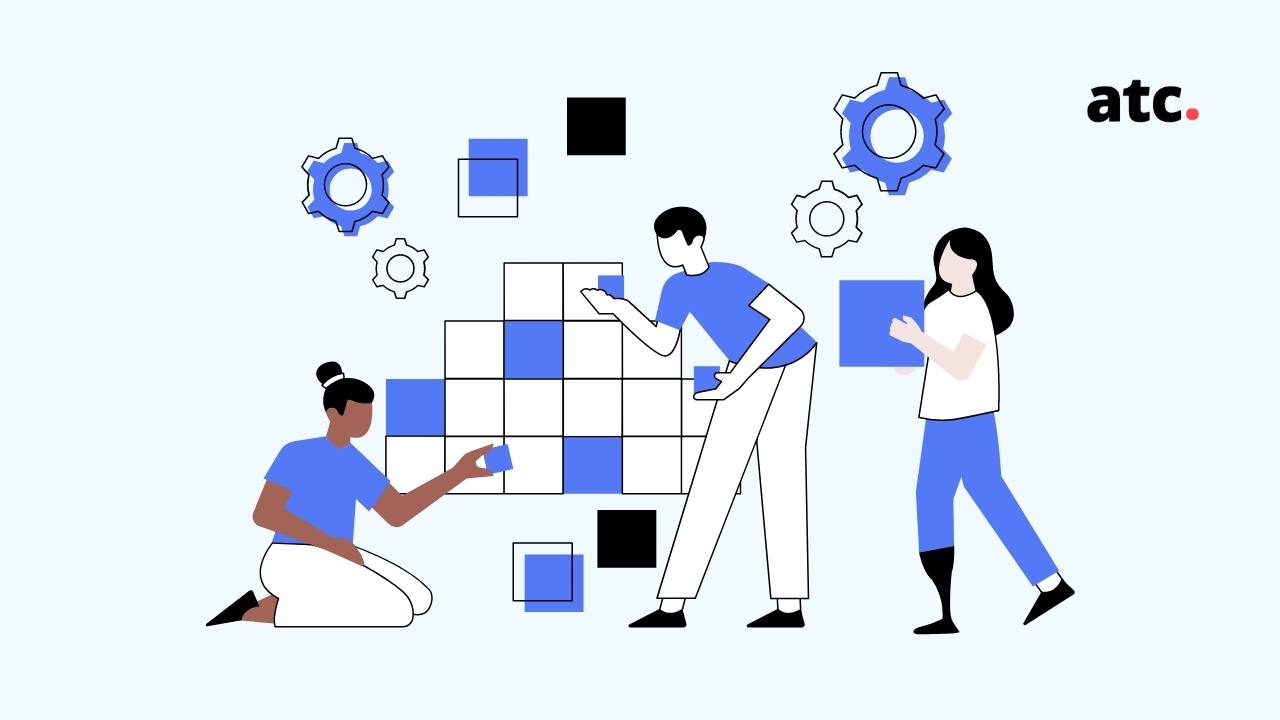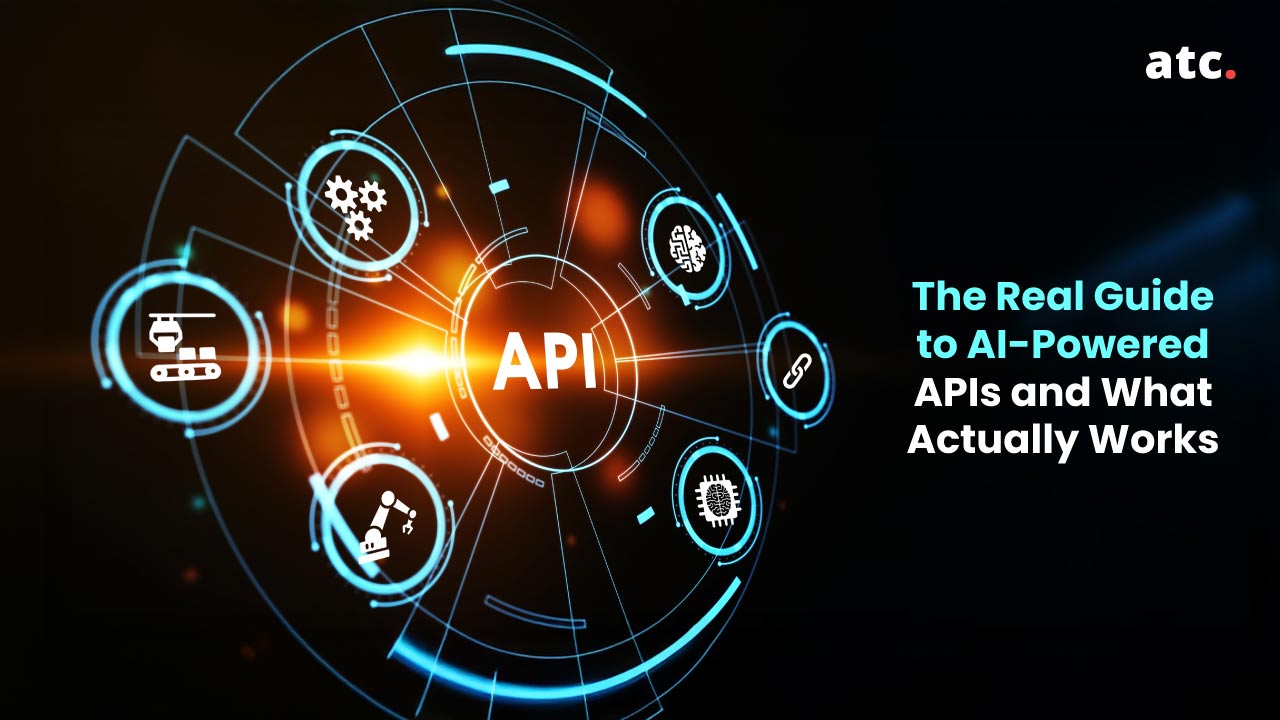Subscribe to the blog
The Scaled Agile Framework (SAFe) is a popular framework for scaling agile methodology across organizations. It offers a comprehensive approach to lean portfolio management, which can be difficult to implement without guidance. This blog post will outline the key components of SAFe's lean portfolio management strategy and provide tips for how to put it into practice.
The SAFe Framework
SAFe is an agile framework that enables organizations to scale their agile practices to address the challenges of complex product development. SAFe combines the proven success of Scrum, Kanban, and XP with Lean thinking to create a robust system that can handle the complexity of large-scale product development.
Core competencies of the SAFe portfolio
Lean portfolio management: Lean portfolio management is a key component of the SAFe framework. It helps organizations to create value by aligning their portfolios with their business strategy. It also helps organizations prioritize and invest in the right initiatives and track and continuously improve their performance.
Continuous Learning Culture: The portfolio team continuously learns from the successes and failures of their past projects. They also use this learning to improve their future project performance. This ensures that the portfolio is always up-to-date with the latest best practices. This continuous learning culture is one of the key reasons why SAFe Portfolio is able to consistently deliver successful projects. It allows them to be flexible and adaptable, which are essential qualities for any successful portfolio.
Organizational Agility: The SAFe portfolio has a core competency of organizational agility. This means the ability to rapidly respond to changes in the market, customer demands, or technology. Organizational agility is a critical success factor for any company looking to survive and thrive in today's ever-changing business landscape.
A key part of organizational agility is quickly adapting to change. This can be done through a variety of means such as Lean and Agile principles, which emphasize customer value, early and continuous delivery, and continual learning. Other important aspects of organizational agility include having a culture of innovation, empowering employees to make decisions, and encouraging collaboration across departments and functions.
Why lean portfolio management?
As businesses strive to do more with less, many are turning to lean portfolio management as a way to streamline operations and create a more agile organization. Lean portfolio management is a systematic approach to identifying and eliminating waste in all areas of the business, from product development to customer service.
When implemented correctly, lean portfolio management can have a number of benefits for businesses, including:
1. Increased Efficiency: By removing non-value-added activities from the decision-making process, businesses can become more efficient and save time and resources.
2. Improved Quality: By focusing on continuous improvement, businesses can improve the quality of their products and services.
3. Greater Agility: Lean portfolio management helps businesses rapidly respond to changes in the marketplace and adapt their plans accordingly.
4. Reduced Costs: By eliminating waste, businesses can reduce their overall costs and improve their bottom line.
5. Improved Employee Engagement: Lean portfolio management involves all employees in the continuous improvement process, which can lead to greater engagement and ownership of the company’s success.
SAFe portfolio management
The SAFe portfolio management process is based on the principle of delivering value through a value stream. A value stream is a sequence of activities that delivers a valuable output to the customer. There are three levels of value streams:
1. Strategic Value Streams: These are the highest level value streams that deliver business objectives. They are typically managed by executives and senior managers.
2. Enabling Value Streams: These are value streams that enable the delivery of products and services by providing infrastructures, platforms, or shared services. They are typically managed by managers of product development, operations, or shared services.
3. Operational Value Streams: These are value streams that deliver products and services to customers. They are typically managed by product development teams or service delivery teams.
The SAFe portfolio management process is iterative and incremental. It starts with the identification of the strategic objectives for the enterprise. These objectives are then decomposed into a set of initiatives that will be delivered in a series of increments. Each increment is planned and executed using the agile methodology. At the end of each increment, the value delivered is measured and used to adjust the plans for future increments.
The lean portfolio management role focuses on strategy and investment planning, as well as lean governance and agile operations.
Strategy and investment planning- One of the most important aspects of lean portfolio management is setting the right strategy. The goal of any organization should be to create value for its stakeholders. To do this, organizations need to have a clear understanding of their customers' needs and objectives. This customer focus should be reflected in all aspects of the portfolio management process, from strategy development to project execution.
Another important consideration is funding. Organizations need to ensure that they have enough resources to support their portfolio investments.
Finally, organizations need to consider how they will measure success. They need to set clear objectives and metrics that they can use to track progress. By doing this, they can make sure that their portfolios are delivering value to the organization.
Lean governance - At the heart of lean governance is the principle of continuous improvement, which ensures that the organisation is constantly evolving and adapting to meet the needs of its stakeholders. By adopting a lean approach to governance, organisations can improve communication and decision-making, while also reducing costs and delivering value more effectively.
Agile Operations - Agile operations are responsible for delivering value through rapid, iterative increments. This includes continuous planning, delivery, and feedback. To be successful, Agile teams need to have a shared understanding of what they are trying to achieve and how they will work together. They also need to be able to adapt their plans as new information arises.
Strategy and investment planning
Mapping the portfolio with the organization’s strategy
One of the key roles of strategy and investment planning is managing an organization's portfolio of products and services in a way that aligns with its enterprise strategy.
The goal of lean portfolio management is to help organizations make better decisions about which products and services to invest in, and how to allocate resources across the portfolio. It is based on the principle of "lean thinking," which stresses the importance of reducing waste and increasing efficiency in all areas of business.
Establishing the portfolio vision- This involves understanding the organization's strategy and objectives and determining how the portfolio can best contribute to achieving them.
Creating Epics that align with the strategy- In order to achieve the vision of the portfolio, Epics must be created that align with the strategy and can be delivered in a value stream. The Lean Portfolio Management process ensures that these Epics are managed throughout their lifecycle in order to maximize value delivery.
Lean portfolio management begins with creating a shared understanding of the portfolio vision and ensuring that it is properly decomposed into Epics. These Epics are then groomed and prioritized in order to identify which ones should be worked on first.
As work progresses on an Epic, the lean portfolio management team continuously monitors progress and adjusts priorities as necessary. They also work with stakeholders to ensure that feedback is incorporated and the Epic remains aligned with the portfolio vision.
When an Epic is completed, the LPM team retrospects on the work that was done in order to identify lessons learned. These lessons are then used to improve the process for future Epics.
Setting up lean budgets and guardrails
One of the most important aspects of lean portfolio management is setting up lean budgets and guardrails. This ensures that your project stays on track and within budget. Here are some tips for doing this:
1. Make sure you clearly understand your project's scope and objectives. This will help you determine how much money you need to allocate to each stage of the project.
2. Develop a realistic timeline for your project. This will help you determine how much money you need to spend each month.
3. Create a budget for each stage of the project. This will ensure that you don't overspend in one area and under-spend in another.
4. Set up guardrails for your project. This will help you keep your project on track and within budget.
5. Monitor your project closely. This will help you identify any problems early on and make adjustments to your budget as needed.
Establishing portfolio flow
The goal of portfolio flow is to ensure that the portfolio is able to deliver value in a sustainable way. Portfolio flow ensures that the Epics are properly prioritized, and that they align with the organization's strategic objectives. LPM also helps to ensure that delivery teams have the resources they need to complete their work, and that dependencies between teams are managed effectively.
The first step in lean portfolio management is identifying the objectives of the organization, and mapping out which Epics will help to achieve those objectives. Once the objectives and associated Epics have been identified, the next step is to prioritize those Epics. The priority of an Epic should be based on its alignment with the organization's strategy, its impact on other parts of the business, and its risk profile.
Once the Epics have been prioritized, the next step is to assign them to delivery teams. Delivery teams should have the necessary skills and resources to complete the work required for an Epic. In addition, delivery teams should also be aware of any dependencies that exist between different Epics.
Lean portfolio management also includes monitoring the progress of Epics as they move through their lifecycle. This helps to ensure that Epics are being delivered on time and within budget. It also allows for course corrections to be made if necessary. Finally, lean portfolio management includes reviewing the results of completed Epics to learn lessons that can be applied to future projects.
Agile portfolio operations (APO)
Agile portfolio operations coordinate value streams, support decentralized strategy execution and ensure operational excellence. By establishing an end-to-end view of the entire value stream, they can optimize the flow of value across the enterprise and make sure that the right work is being prioritized and executed.
Coordinating value streams- In a traditional project portfolio management (PPM) setup, program and project managers are responsible for ensuring that their initiatives align with the organization's strategic objectives. This can often be a difficult task, as different departments within the organization may have conflicting goals. In contrast, in a lean portfolio management framework, agile portfolio operations coordinate the various value streams within the organization to ensure that they are all working towards the same goal. This allows for a more efficient use of resources and helps to avoid duplication of effort.
Supporting decentralized strategy execution- APO supports decentralized strategy execution by allowing product and service teams to operate independently while still being able to track and monitor progress against centrally defined goals and objectives. This presents a number of advantages over traditional project management approaches, which typically require all work to be centrally managed and coordinated. By decentralizing authority and responsibility, APO allows product and service teams to move faster and be more responsive to market changes. In addition, APO makes it easier to identify and address bottlenecks in the development process, as well as opportunities for process improvement.
Ensuring operational excellence- In order to achieve operational excellence, it is important to focus on continual improvement in practices, results, and efficiency. This can be accomplished through the use of agile portfolio operations. In agile portfolio operations, projects are constantly monitored and evaluated in order to identify areas of improvement. Once areas of improvement are identified, corrective actions are taken in order to correct the issue and prevent it from happening again. This process ensures that all projects are running smoothly and efficiently, while also identifying opportunities for further improvement. As a result, operational excellence is achieved through the use of agile portfolio operations.
Lean Governance
Lean governance is a key component of lean portfolio management. It helps to ensure that decision-making is aligned with the organization's strategic objectives and that investments are continuously monitored and improved. Lean governance also helps to create a culture of transparency and collaboration.
The lean governance function has the following responsibilities:
- Defining and maintaining the organization's governance framework
- Providing accurate information to decision-makers so they can allocate resources effectively
- Ensuring compliance with all relevant laws and regulations
- Overseeing the risk management process
- Monitoring and reporting on organizational performance
- Supporting the implementation of organizational strategy
- Providing advice and guidance on good governance practices
- Promoting transparency and accountability within the organization
Implementation
Defining the Role of the LPM function
The key to successful implementation of lean portfolio management is defining the role of its function. Data collection, analysis, and reporting are all essential components of this role. Without accurate data, it would be impossible to properly assess the effectiveness of lean portfolio management processes. Similarly, without rigorous analysis, it would be difficult to identify areas of improvement. Finally, reporting is essential for communicating the results of the efforts to stakeholders. By clearly defining the role of the lean portfolio management function, organizations can ensure that they are able to realize the full benefits of this powerful methodology.
Establishing a Portfolio Kanban system.
Kanban is a portfolio management system that helps organizations visualize their work, identify bottlenecks, and optimize their processes. Kanban systems help manage work by giving a clear picture of what needs to be done, who is doing it, and how it is progressing. This makes it easy to identify and track dependencies, risks, issues, and value streams. In addition, Kanban systems can help you monitor progress and feedback to ensure that your system is delivering the expected value.
There are three primary states in the Kanban system: funnel, review, and analyze.
The funnel state is the first stage of the Kanban system where all of the organization's projects are placed. This state is used to prioritize and select which projects should move forward.
The review state is the second stage of the Kanban system where projects are evaluated against predefined criteria. This state is used to ensure that only the most important projects are moving forward.
The analyze state is the third stage of the Kanban system where data from completed projects is collected and analyzed. This state is used to identify process improvements and optimize the Kanban system.
For lean portfolio management to function efficiently, it is necessary for the three important events must take place: portfolio sync; Strategic portfolio review; Collaborative budgeting and forecasting.
Portfolio sync is the process of matching the project portfolio with the organization's strategy.
The strategic portfolio review is a high-level assessment of whether the projects in the portfolio are aligned with the organization's strategy.
Collaborative budgeting and forecasting involve creating a shared vision for the future and setting realistic budgets and targets.
Implementing Lean Portfolio Management can be a daunting task. But don’t worry, we’re here to help. SAFe is a framework that provides the necessary guidance and structure for implementing Lean Portfolio Management in your organization. Our team of experts are well-versed in SAFe and can guide you through every step of the process, from setting up your portfolio management office to training your team on how to use the tools and techniques required for successful execution. So if you want to start taking advantage of the benefits that Lean Portfolio Management has to offer, contact us today! We would be happy to discuss your specific needs and see how we can help you get started on this exciting journey.




